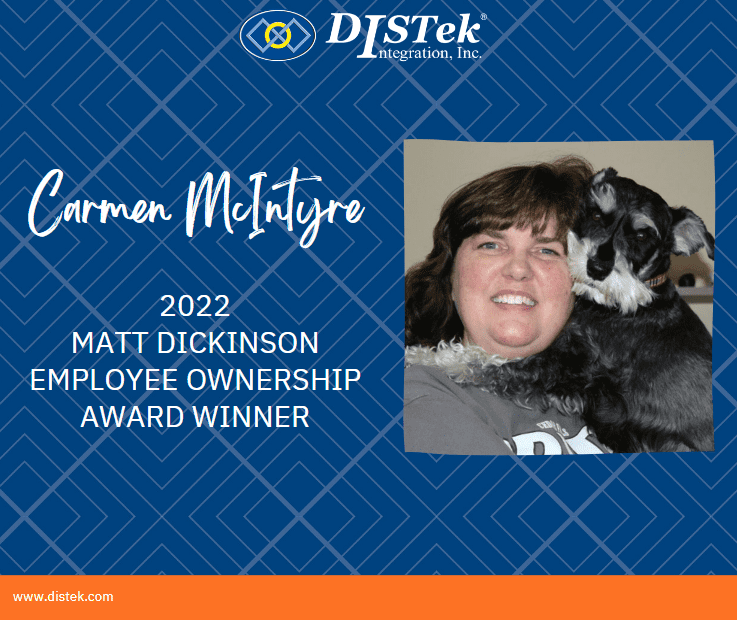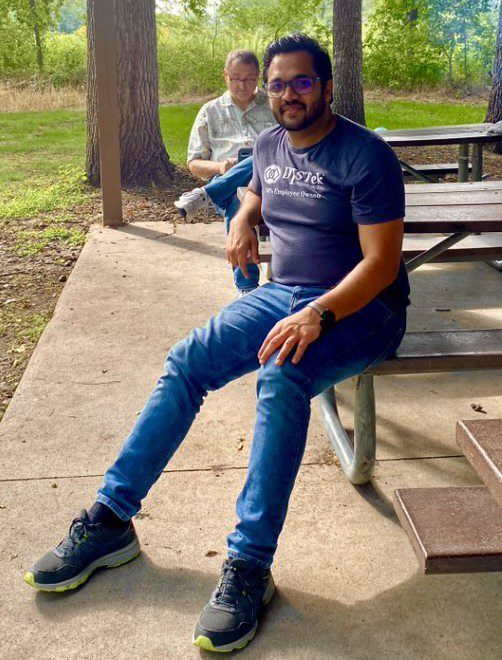
Before reading this book, I had the belief that everyone can be a leader and that in every role within an organization, leadership skills can be demonstrated and can add value. When I first saw this book title, I was intrigued if the book would substantiate my belief. It did and more.
What is leadership? Mark Sanborn states leadership is influence. He lists six principles of leadership, which are:
- The power of self-mastery – How a person views things goes a long way towards how they do things. Look at things as an opportunity and not an obligation. Work to make a life while also a living. Take control of your life and influence and inspire those around you. Take time out to think, reflect, and dream – don’t always be consumed by activities. Take control of the aspects of your life that you can control.
- The power of focus – Use focus and determination to accomplish your goals. Don’t drift or become distracted from your mission. To do this, set an agenda and prioritize. Be intentional in all that you do. Prioritize tasks that are Most Valuable and Profitable (MVP).
- Power with people – People, through their efforts, make things happen. You should work with others through cooperation and positive influence to get things accomplished. You should build others up through encouragement. Use the three c’s (character, competence, and connection) to persuade others to follow. Learn what motivates others and then show them how they can benefit. Be appreciative of what others do. When problems arise, confront the problems, not the people involved. Challenge others. Do not undersell what is expected as that may be all you get. If you want the best from others, give your best. Set the example through your actions and behaviors.
- The power of persuasive communication – Communicating is not the objective, understanding is the objective. Communication is the tool to get to an understanding. Remember that small changes in the choice of words can have a large impact. Telling about a novel idea or product most likely will not get action. Selling the idea or product is more likely to cause action. “Selling is simply helping people make a decision that is good for them.” Selling does not have to be manipulation. Once rapport is established, it is far easier to sell someone on an idea or product. Rapport can more easily happen when the other person believes you have their best interest in mind. Some ways to communication better include: “begin with the end in mind”; seek feedback periodically to verify understanding when in a conversation, but better yet, feed forward by setting expectations of what needs to be accomplished; relate a story that is memorable which gets the desired point across; and remember your actions can communicate a lot without any words being said. Make sure your communications have a request or call to action. Also, make sure that you communicate with clarity. It is not the amount of words you use, but the impact of those words that matter.
- The power of execution – Actions speak more than words. Having good ideas will not lead to results – implementation of those ideas will lead to results. Implement Quotient (IQ) is the ability to implement ideas. According to Sanborn, “Intent without action is daydreaming.” What causes execution to not happen? Sanborn lists paralysis by analysis – analyzing a problem to death and not taking action, fear of failure – choosing not to act due to being afraid of failure, confusing talking with taking action – “discussion is a precursor to action”, and accepting explanations as excuses – letting explanations be excuses for why action did not happen and accepting it. Instead, IQ can be increased by: dreaming big – consider what you will need to accomplish your most ambitious goal; planning small – divide big tasks into smaller tasks; teaming up – inspire and hold accountable the people who have needed skills to accomplish the tasks; keep striving – seek out better techniques to best practices; and acting boldly – keep going until you succeed.
- The power of giving – Why give? The reasons Sanborn provides include: giving teaches us to look beyond ourselves – changes our perspective from self to the larger community; giving teaches us to be of greater service in helping others – giving is an art which requires practice; giving makes the world a better place – possessing a generous spirit is a source of good; and giving makes us feel good – “We don’t do good because we feel good. We feel good because we do good.” People give of their time, expertise, money, and/or skills. Sanborn references Robert Greenleaf’s book, Servant Leadership, he “writes that the whole purpose of leadership is to serve.” Sanborn lists the secret of giving: “When you make the world better for others, you make the world better for yourself.”
So, make a positive difference. Everyone can make a difference independent of their title or role. Work to accomplish, which will leave a lasting legacy. This can be done through a belief that there can be a better world. Focus on what is right and overcome what is wrong. Sanborn states, “Leadership isn’t a mysterious art practiced by only a select few. It is the daily response of every man and woman who wishes to make a positive difference in the world and make it a little bit better place as a result of their efforts.”





